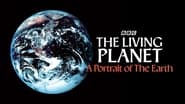Trending Searches:
Popular Movies:

David Attenborough examines the ways in which animals and plants adapt to their surroundings.
... View MoreThe movie is currently not available onine

